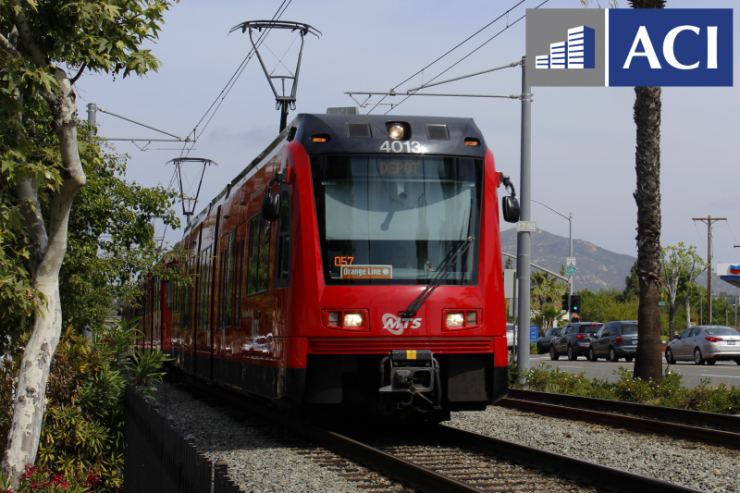Can San Diegans live within car-free communities? After reading our opinion below, let us know yours.
California has a transportation problem. As populations in California’s most popular cities increase, so too does the real headache of traffic congestion. We have all been there….. Red lights glaring, a backed-up on-ramp, or a 15 minute commute that takes 45. The Golden State’s reputation for bad congestion is well established.
For San Diego, an ever constricting commute has begun to take its toll. America’s Finest City doesn’t nearly have the traffic jams of its neighbors to the north like Los Angeles or the Bay Area, yet continued investment in technology, tourism and an ideal location continues to increase our area population. The concept of “car free” spaces in San Diego might sound like a dream of sustainability activists, but would such a option be feasible in California’s cities, including San Diego? There are some developers in San Francisco that see lots of potential.
Dubbed the Parkmerced community, this residential development has been created to exemplify the idea of a no-car apartment community. The property’s investor, Maximus Real Estate Partners has solidified a partnership with Uber and local transit authorities to offer tenants a $100 monthly transportation credit to promote a car-free, pedestrian focused zone. Maximus founder Rob Rosania sees immediate benefits to everyone. “Residents will be able to decrease or eliminate the need for private car ownership, facilitate a more efficient commute, reduce transportation costs, and minimize the need for parking.
San Diego investors are always discovering new ways to draw in tenants with unique amenities. Rooftop recreation spaces and improved natural spaces have garnered acclaim from environmentally focused renters looking to spend a little more on rent to give back to the environment. In addition, recent studies into Downtown San Diego trends suggest that millennial and other tenant communities are seeking walkability and convenience over distance. However, San Diego’s population density has yet to match that of San Francisco and while the prospect of car-lite areas does hold some level of demand, realistically San Diego is years away from this type of development to have enough appeal for everyday use by residents. Until San Diego has even more infill development to create more density and a continued improvement and expansion of the public transportation system, a “no car” project may have trouble finding tenants willing to live there long term. Once we consider these factors, the possibility of a project like Parkmerced being accomplished locally seems very reasonable. Perhaps your investment could be the first of its kind in San Diego to reach social and environmental acclaim, but do your homework to make sure there is enough demand from residents to make the project financially feasible as well.
Do you think such a solution is feasible for San Diego’s gridlock problems? Let us know.
To learn more about the Parkmerced project, visit their website.



